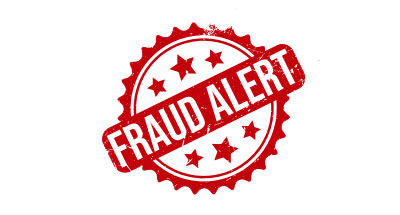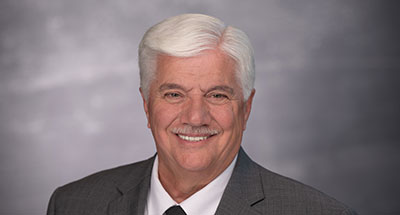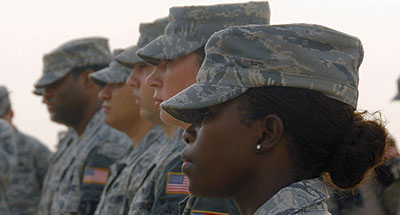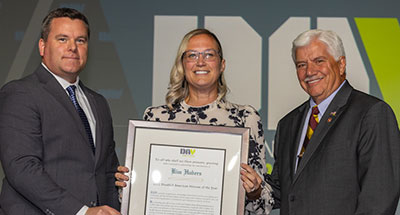

DAV delivers for homeless, at-risk veterans at VA and shelters
On a blue-sky November morning outside the domiciliary at the Cincinnati VA Medical Center in Fort Thomas, Kentucky, a Vietnam War veteran with a “Wolfhounds” tattoo for the U.S. Army’s 27th Infantry Regiment stood waiting near a man wearing an Operation Enduring Freedom hat.
While the two served in different eras, they were united by shared experiences—and challenges—after the military. Both men were at the Fort Thomas rehabilitation center, the last step in a lengthy process to help get veterans back to self-sufficiency, which includes finding a job or steady income. That day, they were also getting help from DAV volunteers.
Similar to events put on by departments and chapters nationwide, DAV usually hosts the Homeless Veterans Stand Down at its national headquarters as an in-person gathering. Homeless or at-risk veterans as well as veterans in substance abuse treatment get access to resources along with a meal, free haircut and basic necessities. This year, DAV pivoted to accommodate the event as safely as possible, using vans to help bring these services directly to veterans at six locations in Ohio and Kentucky, including VA medical centers, pop-up flu and COVID-19 vaccination sites for veterans, and shelters.
“This is awesome,” the Afghanistan War veteran said of the services being offered.
Alongside center staff, DAV volunteers at the Cincinnati facility handed out backpacks to veterans—many of whom were receiving help for post-traumatic stress disorder, homelessness, substance use disorder, anxiety or depression. Each backpack was filled with $150 in donated toiletries, clothing and supplies and included vouchers for free haircuts as well as information on how to obtain a free phone.
“The smallest thing we did today could be the catalyst to alter their life direction, which is amazing,” said National Voluntary Services Director John Kleindienst. “Things a lot of people take for granted—like having a working cellphone with internet connection in your pocket—can be a major barrier for those individuals without stable living situations.”
The packs also included information about DAV resources and services, specifically how the organization helps those who served obtain Department of Veterans Affairs and other government benefits.
“We were sure to address a specific group as well,” said Kleindienst. “Women make up a growing part of the veteran population and, unfortunately, often experience unique difficulties with employment and homelessness. We want to be sure they know they are not alone and that there are health care and housing resources available to them.”
More than 37,000 veterans are homeless in the U.S., according to a December 2020 federal report. More than 15,000 of those veterans are considered unsheltered and more than 10,000 are in emergency shelters. Nearly 12,000 veterans are listed as living in transitional housing.
“The stand down helps to meet immediate needs, but it can also be an entry to other critical services that can create more long-term stability for those with housing issues,” said Kleindienst. “Our hope is to provide at least part of the help they need to get back on track.”






